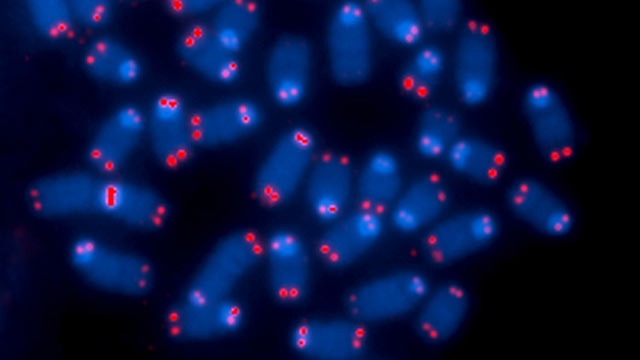
Researchers have found the first evidence that telomere shortening is not just a sign of aging, but a key component of the body’s cancer prevention system. As time goes by, the tips of your chromosomes — called telomeres — become shorter. This process has long been viewed as an unwanted side-effect of aging, but a recent study shows it is in fact good for you.
“Telomeres protect the genetic material,” says Titia de Lange, Leon Hess Professor at Rockefeller. “The DNA in telomeres shortens when cells divide, eventually halting cell division when the telomere reserve is depleted.”
New results from de Lange’s lab provide the first evidence that telomere shortening helps prevent cancer in humans, likely because of its power to...
Read More









Recent Comments